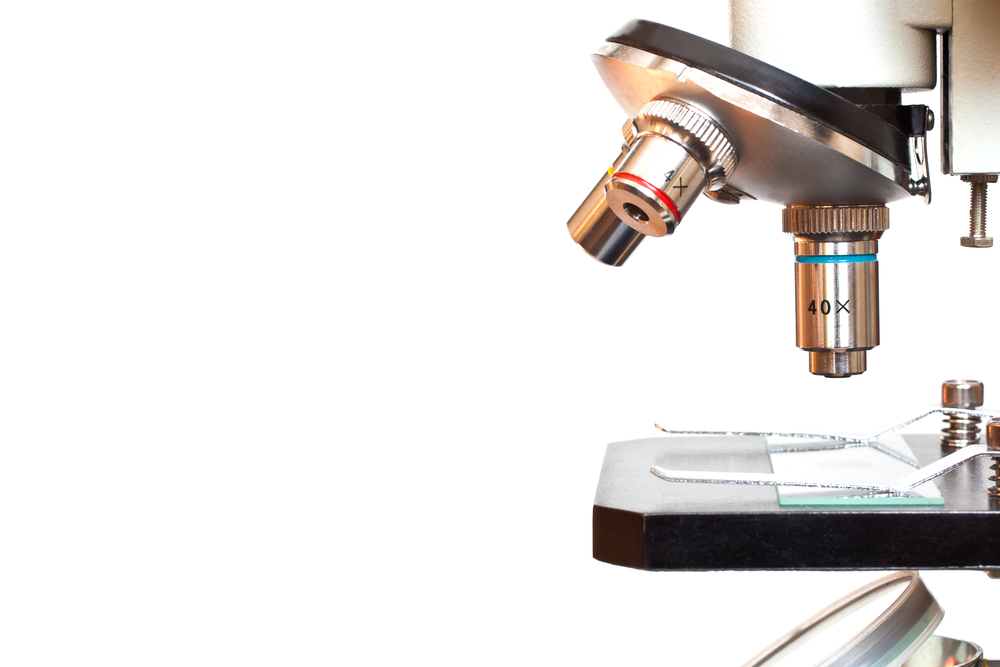I've Never Been On a Top Twitter Science List
 I've never been on a 'top scientists to follow on Twitter' list.
I've never been on a 'top scientists to follow on Twitter' list.
(I might now be on a #WomenTweetScienceToo list on Twitter somewhere, but not any published articles featuring a 'list' of science people to follow on Twitter, that I know of).
When I was a 'younger Tweeter', I would quickly look over new lists I saw popping up in published articles and science blogs, just to see if, in some crazy alternate reality, I might be included. But of course I wouldn't be. I didn't have enough followers. I mean, you needed to have a ton of followers to be a great science Tweeter, right?
But why? Does having a large list of followers - or being popular - automatically make you a great Tweeter of science? The answer is no, it doesn't. This seems like a silly question, right, when we ask it so explicity? But unfortunately, some form of popularity is too often used as a metric of scientific outreach, and even scientific impact.
Victoria Metcalf wrote yesterday at The Conversation about the recent Twitter "list wars," pointing out the sad but continuing phenomenon of published top "scientists to follow on Twitter" lists followed by hurt feelings, sometimes outrage, and ultimately alternative lists that in most cases likely don't reach most of the readers of the originally published lists.
"I am starting to feel list-fatigue. Often (not always) seem to canter round the same track." - @sophiescott, on Twitter lists
I'll be honest - I don't really like Twitter lists. Especially short lists - as if a 10-person list could EVER do justice to the number of amazing scientists engaging on Twitter. But many people justifiably want to know "who they should be following." The internet loves lists, right? And when the Science 50 list came online, I felt I had no choice but to work on an alternative list focused on women scientists, always with the intention that we would keep adding to that list through comments and sharing. (Isn't that what a blog post is good for? Dynamic updating and comments?)
I purposely made no reference in my alternative list to the K-index or any other X-index of social media or scientific performance. Why should we continue this trend of creating Twitter lists based on popularity? Why shouldn't we begin to look at hard-to-measure performance "un-metrics," as I'd like to call them, that have implications for science communication? These might be quantifiable things like replies, engagement in sustained conversations, or linking to diverse locations on the web - sharing the stage with user-generated content for example. We might look for things like cross-cutting conversations: To what extent does a scientist on Twitter bridge and engage in discussion with people of different scientific disciplines, political ideology, occupations, nationality, race, gender, etc.?
One thing we could start looking for in scientists' Twitter streams is the degree to which they facilitate true public engagement with science. A dialogue-based approach to public engagement involves two-way, symmetrical communication, not one-way self-promotion or even popularization of science. Public Agenda defines public engagement as “a highly inclusive problem-solving approach through which regular citizens deliberate and collaborate on complex public problems” that “allows people to join the public dialogue surrounding a problem and provides them the tools to do so productively.”
If we looked for facilitation of public engagement in scientists' Twitter streams, we might come up with very different scientists and science communicators than included in Science's Top 50. In other words, how many scientists in Science's Top 50 take a 'here are the facts' approach to tweeting about science, versus going out of their way to engage non-scientists in dialogue? I included several women scientists in my alternative list, including prominently @DNLee5, @SnowHydro, @astrokatie and @ScientistMags, whom I think do the latter.
So you want to know who to follow on Twitter? Consider some of the following characteristics, which might lead you to a better experience with scientists on Twitter than mass following scientists included in any Top X list.
- Look for scientists who respond to questions. Do they engage with hashtags like #AskASci? Do they respond to people not in their immediate Twitter circles. Do they respond to YOUR tweets?
- Look for scientists who listen. Do they incorporate feedback? Do they Retweet and Storify their interactions with others?
- Look for scientists who follow too. If a scientist has 11K followers but follows 78 people, I'd be wondering whether they truly engage with other Tweeters in a meaningful way.
- Look for scientists who don't insult people who don't agree with them. Unfortunate that I have to say this. But scientists or science communicators that engage in bashing or insulting are potentially doing more harm than good in engaging non-scientists in science.
- Look for science communicators who link to diverse sources of information. Are they linking to only their own publications, media outlet, or even their own blog? Or are they directing you to diverse sources of information, alternative media and user-generated content?
- Look for scientists who celebrate diversity in the people they follow. Does a male scientist seem to follow mostly other male scientists? That might indicate a problem.
- Look for science communicators who seem to bridge divergent networks. Do they seem to bridge academia and journalism? Biology and social science? Science and policy? Science and cooking? Science and art? One science blogging network with another? Do their tweets seem interdisciplinary in nature?
- Look for scientists who don't discount public knowledge. The best scientists and science communicators are taking input from non-scientists on scientific issues. This is inherent in the definition of two-way public engagement with science.
What other criteria might lead you to a better experience with science on Twitter? And how can we begin to incorporate these criteria with our metrics for 'science Twitter stars'?


